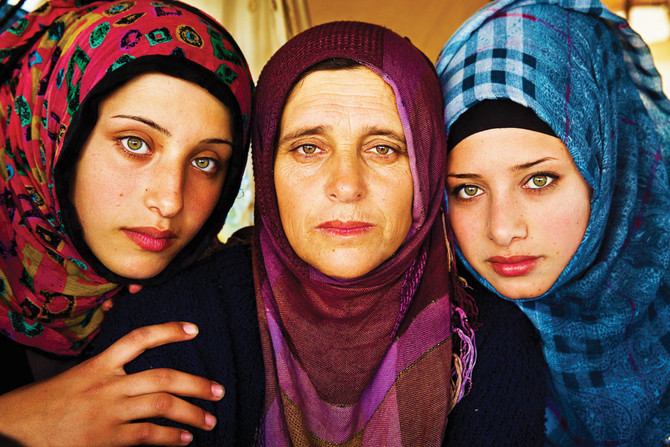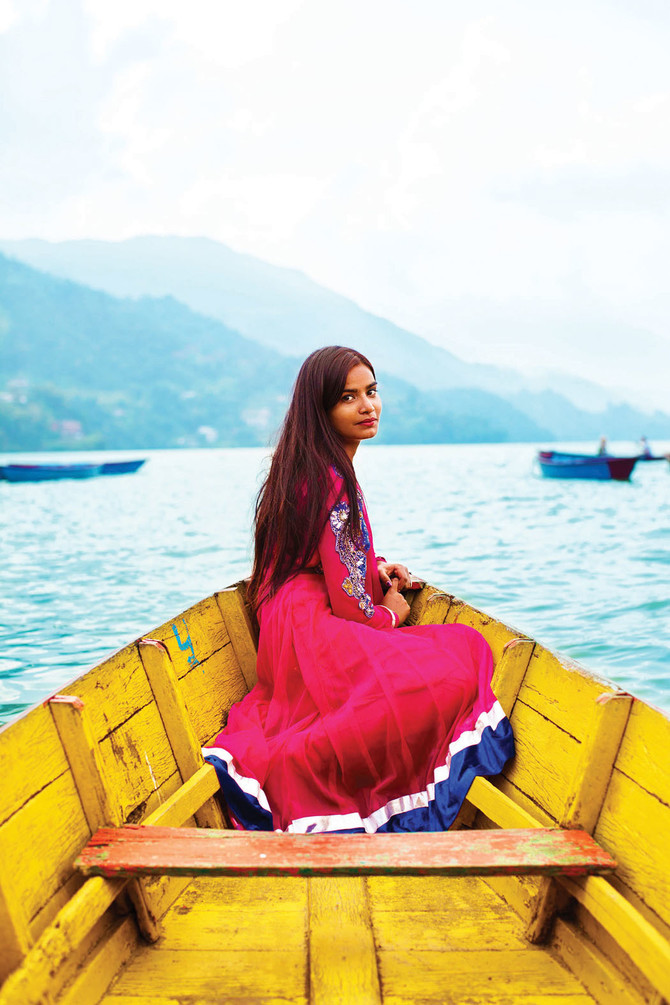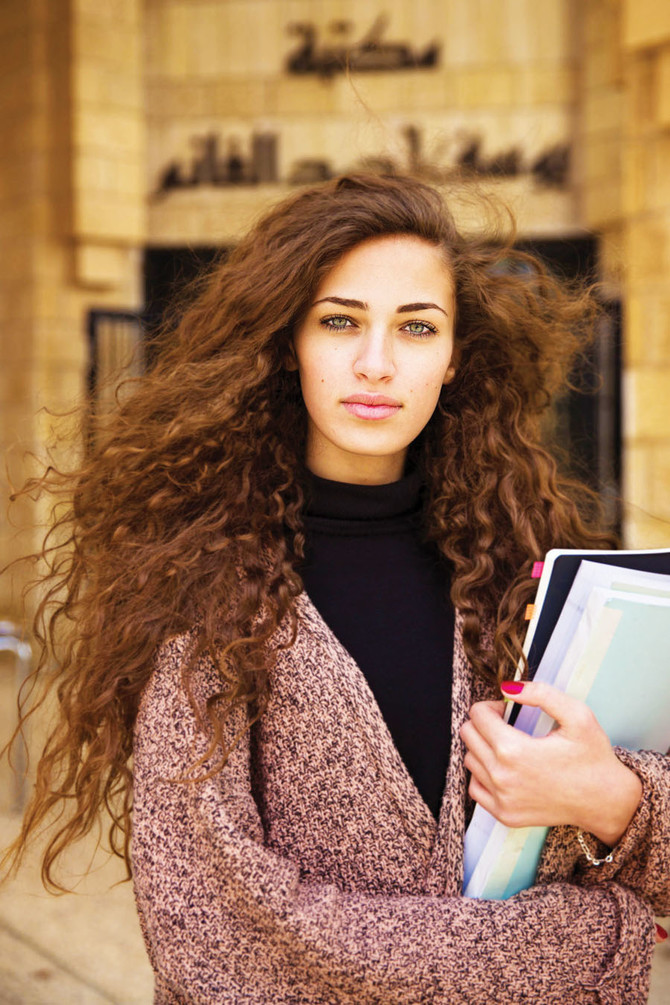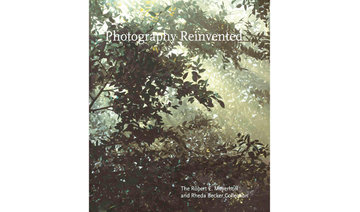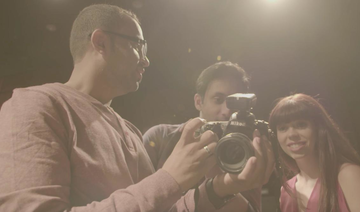JEDDAH: We live in a world where female beauty standards vary but are all socially and culturally constructed. The Romanian photographer Mihaela Noroc traveled that world with her camera and backpack, photographing women in their everyday surroundings and listening to their stories. The result is the “Atlas of Beauty.”
Since 2013, Noroc has photographed over 2,000 women in more than 50 countries, listening to their stories and learning about their lives.
“I noticed that there is a lot of pressure on women to look and behave a certain way,” she told Arab News.
“In some environments, it’s the pressure to look attractive. In others, on the contrary, it’s the pressure to look modest. But every woman should be free to explore her own beauty without feeling any pressure from marketing campaigns, trends or social norms.”
For Noroc, beauty is diversity. She believes each one of the “shining stars” in her book radiates dignity, strength and beauty.
During her five-year odyssey, there have been tremendous ups and downs. Yet, with each country, Noroc never failed to tell the story of the woman in her photographs. Some countries were deemed dangerous — but she traveled there anyway.
“In Afghanistan, I traveled in a remote area called Wakhan Corridor. The fighting was very close, condemning this place to total isolation,” she said. “People were living like their ancestors lived hundreds of years ago, so photography was a miracle for them. They were incredibly happy to see themselves in photos and I was invited to every home to photograph each member of the family.”
Visiting North Korea, Noroc was accompanied by local guides as she walked the streets to get a glimpse of women in their daily routines as if nothing was out of the norm.
“There is a lot of pressure on women to look a certain way, so sometimes it’s a struggle to be yourself, to make yourself accepted as you are. But I hope this project will encourage more women and men to follow their own path, to explore their own beauty without feeling constrained.”
Traveling as a backpacker introduced Noroc to all kinds of environments. She has captured beauty in Brazilian favelas, in an Iranian mosque, on the Tibetan plateau, in the Kurdistan region of Iraq, the Amazon rainforest, upscale neighborhoods of Paris, downtown New York and more.
She focuses on photographing the environment around the women, and prefers to photograph their natural faces, without a lot of makeup.
Noroc also makes sure that she chats with her subjects while the photographs are being taken — she is an excellent conversationalist.
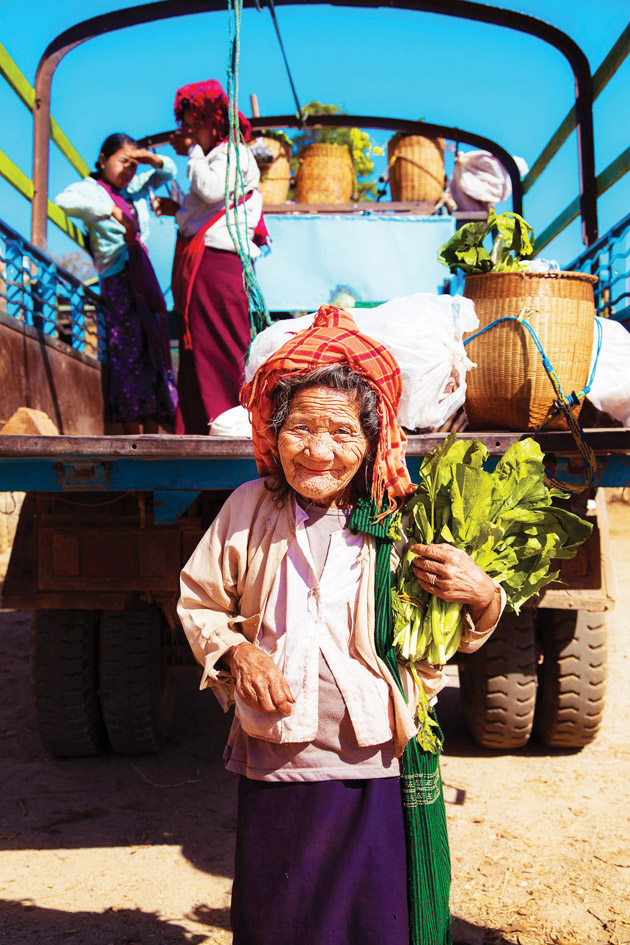
Woman shopping at a market in Nampan, Myanmar.
“Many of the women I photograph are in front of a professional camera for the first time. This isn’t bad at all because they are more authentic. For even more authenticity, I always use natural light. Through my camera, I try to dive into their eyes and explore what’s inside.”
Each image is raw, colorful, delicate, intimate, striking and empowering. A Jordanian Bedouin grandmother sits with her children and grandchildren in the background, the woman’s deep wrinkles revealing her desert life living off the land.
Another image shows the resilience in the striking green eyes of a Syrian refugee with her two daughters in a camp in Greece. In Jodhpur, India, a young woman heads to the market in a vibrant fuchsia outfit and silver jewelry.
“There is much love, beauty and compassion in the world and I see it with my own eyes. Yet a few sources of hate and intolerance can ruin all this. Many times, the victims of intolerance are women, and while on the road, I hear many heartbreaking stories,” she said.
Gauri, an Indian from Kolkata, India, sells splendid flower garlands at a Hindu temple. Female “bomberas” (firewomen) in Mexico City. Sisters Olga and Anya, street performers from Odessa, Ukraine. Eleonora, a ballerina from St. Petersburg, at one of the most prestigious dance schools in the world. A Mayan descendant in Guatemala donning a colorful dress and posing in her village. These are just some of the stories in the “Atlas of Beauty,” yet the journey is continuing since there are no limits to beauty in this world.
“For me, beauty is diversity and it can teach us to be more tolerant. We are all very different, but through this project, I want to show that we are all part of the same family. We should create paths between us, not boundaries,” said Noroc.


